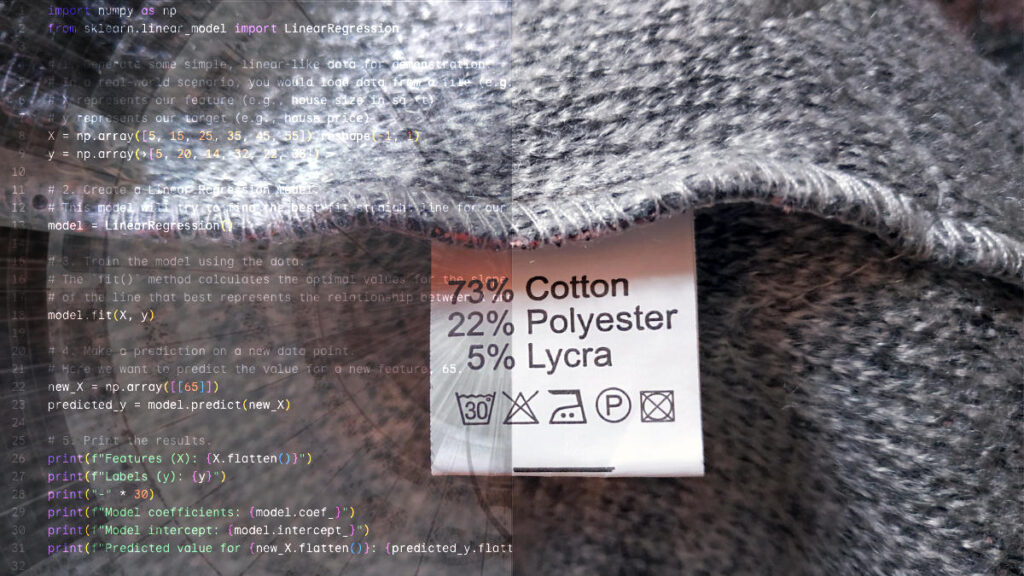From YouTube suggesting the next video to watch, to surveillance systems identifying suspicious activities, visual intelligence shapes the way machines interact with the world. Video labeling equips AI with the eyes to see, understand, and respond to this visual landscape.
Defining Video Labeling
Video labeling encompasses the meticulous process of annotating videos with contextual information. It involves identifying and labeling objects, actions, scenes, and other visual elements that appear in the footage.
Imagine a bustling city street captured in video. Pedestrians weave through traffic, cars maneuver, and storefronts line the sidewalks. For AI, comprehending this scene is a complex endeavor. Video labeling is the key that unlocks this complexity, enriching frames of moving images with meaningful annotations.
Video labeling enables AI to recognize objects, track movements, and comprehend actions within the visual narrative. The goal is to provide AI algorithms with a structured dataset that enables them to recognize patterns, make informed decisions, and even predict future events based on visual cues.
Everyday Applications
Video labeling finds its way into various aspects of our daily lives, enriching scenes and experiences. Consider self-driving cars, for example. These vehicles navigate complex traffic situations, relying on AI algorithms to make quick decisions. Video labeling provides the necessary training data that helps these algorithms detect pedestrians, recognize road signs, and predict how other vehicles might behave.
In the world of retail, video labeling powers personalized shopping experiences. Cameras in stores capture how customers move around, helping retailers understand shopping patterns and what people prefer. This information lets AI suggest products tailored to each shopper, making interactions more engaging.
Moving beyond physical boundaries, let’s consider social media platforms like YouTube. As we upload videos online, AI systems study the content frame by frame, deeply understand what it’s about, and categorize it. This process aids the platform in recommending more videos that align with our interests. For instance, after watching a cooking video, YouTube might suggest more specific cooking tutorials or other related content. This showcases how video labeling facilitates the matching of viewers with videos they’ll likely enjoy.
Video Labeling Process
The journey of video labeling is a structured endeavor that turns raw video footage into actionable insights:
Frame Selection: Video labeling begins with the selection of frames that capture critical moments and events. These frames serve as the foundation for AI’s understanding of the video’s content.
Annotation Types: Just as in AR data labeling, annotations come in various forms. Bounding boxes encapsulate object locations, polygons outline complex shapes, and temporal annotations capture actions and movements over time.
Annotator Expertise: Skilled annotators watch the video closely, identifying objects, interactions, and events that warrant annotation. Their expertise ensures that each frame’s annotations are accurate and meaningful.
Annotation Tools: Advanced video annotation tools empower annotators to create precise and detailed annotations. These tools offer functionalities tailored to different types of annotations, enhancing efficiency.
Temporal Annotations: Unlike static images, videos require temporal annotations that capture movements and actions over time. These annotations enable AI to understand how objects interact and how scenes evolve.
Label Assignment: Annotators assign informative labels to the annotated elements. These labels could include object names, actions, relationships, and more. Labels serve as the cornerstone for AI’s comprehension.
Quality Assurance: Ensuring the accuracy and consistency of annotations is paramount. Annotators engage in quality assurance to refine annotations and rectify discrepancies, ensuring reliable data for AI.

Challenges and Solutions
Video labeling is not without its challenges. Unlike static images, videos are dynamic, with objects in motion, changes in lighting, and occlusions. These factors can impact the accuracy of annotations. Maintaining consistency across frames, especially in extensive video datasets, demands careful attention.
Ambiguous situations, such as occlusions where objects are partially hidden, can pose difficulties in determining accurate annotations. Rapid motion or complex interactions between objects further challenge annotators’ ability to label each frame correctly.
Videos can contain sensitive content or reflect cultural nuances that require careful handling. Annotators must be trained to recognize and navigate ethical and cultural challenges that might arise during the labeling process. This ensures that annotations remain respectful, unbiased, and appropriate for the intended audience.
To tackle these challenges, annotators rely on their adaptability and expertise. They consider variations in lighting, movements, and perspectives while adding annotations. Collaborative efforts between annotators, domain experts, and AI researchers refine annotation guidelines and adapt them to real-world conditions.
Summary
Videos are a window to the world, capturing moments, stories, and experiences. From empowering autonomous vehicles to enhancing user experiences on social media platforms, video labeling connects pixels and understanding. It transforms raw video footage into a language that AI comprehends, enabling machines to perceive, interpret, and interact with the world in unprecedented ways.
DeeLab, a business unit of Tailjay, serves as a dynamic data annotation hub, connecting skilled annotators with AI projects. Our mission is to offer flexible and agile annotation services, nurturing collaboration with R&D teams and other industry players. Our vision is to drive AI innovation by delivering precise and dependable annotated data for various applications.





